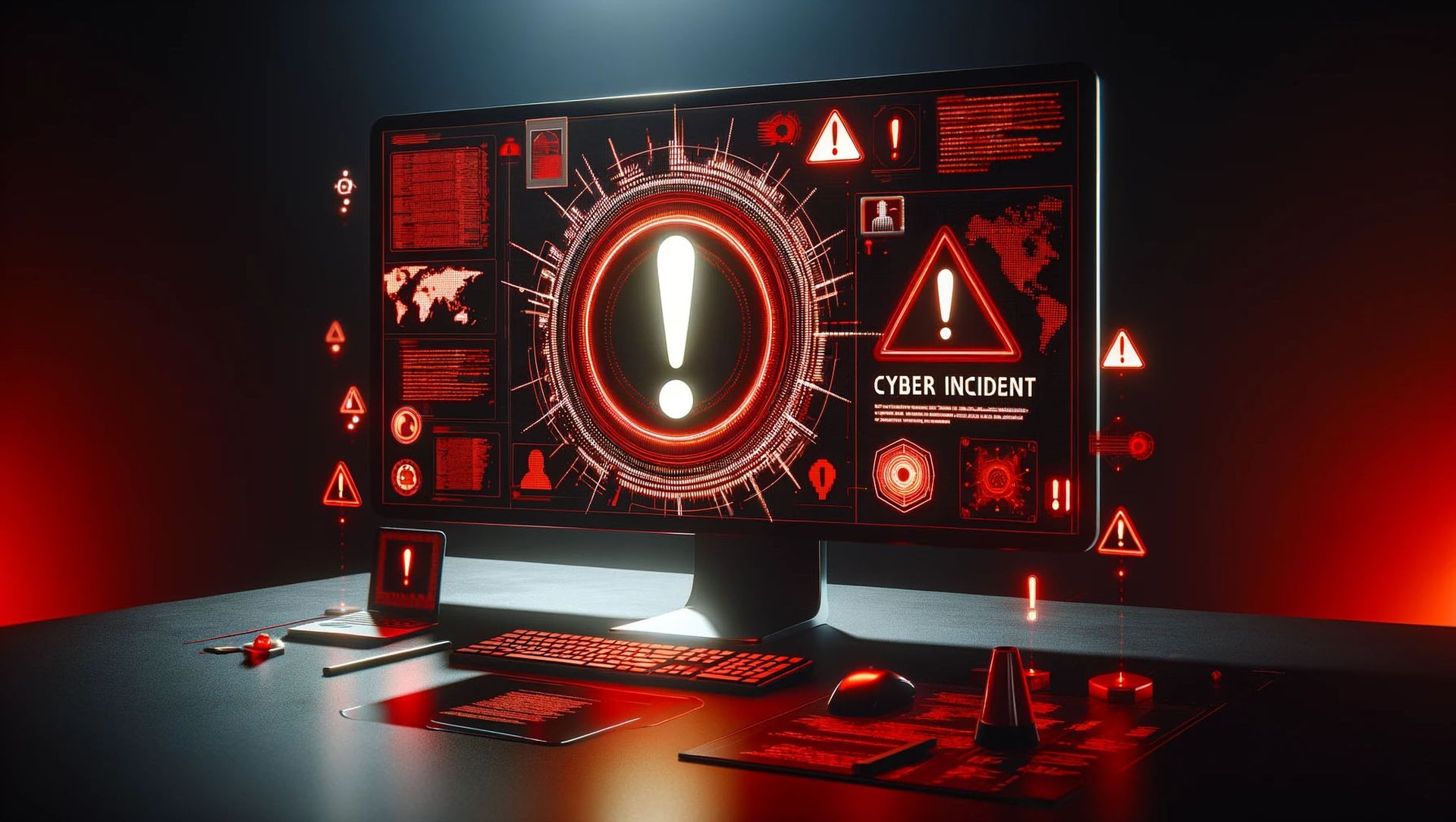Digital operations are at the core of most businesses today, which makes uptime and resilience critical -- and outages devastating. PagerDuty research revealed that the average cost of an IT incident is around $800,000 -- not to mention the reputational damage or the competitive disadvantage of being unavailable for customers.
Outages like the global incident in July 2024, caused by a faulty update to CrowdStrike's Falcon security tool, are thankfully rare, but they're not unheard of, said Jeff Hausman, chief product development officer, PagerDuty. The difference is that today, the blast radius is much wider since businesses have a greater reach.
"In today's environment, most organizations are increasingly tied together wherever they are around the world," Hausman told ChannelE2E. "This isn't a brand-new, never-been-seen-before type of thing. But years ago, the blast radius of an outage was more localized."
Why is this important for MSPs? Because they play a key role in helping clients understand the potential monetary, reputational and operational costs of an outage, demonstrate why resilience matters and how they can help those customers achieve that resilience, Hausman said.
"We have this notion of what we call 'crossing the operational chasm,' which our partners serving end customers and our teams directly are all trying to do," Hausman explained. "What that means is trying to help people shift from being reactive and not prepared to being more prepared, more efficient, and able to use things like automation to their benefit -- for everything from change management to code rollouts; set up processes and people to be able to respond when something happens."
Organizations that are better prepared, have greater operational maturity, and are able to be more resilient have some key factors in common, Hausman said. Those include having initiatives around transforming incident management, modernizing operations centers, and improving and leveraging automation holistically. And MSPs are another factor, Hausman said.
"MSPs can bring the tech, they can bring the people, they can bring the tools, and they can do it at scale differently than any individual organization. They can also offer management and protection to smaller organizations that might not otherwise be able to afford those things," he said.
Many SMBs don't have the budget, the people, and the resources that a larger enterprise would be able to bring to bear when it comes to monitoring, management and resilience, Hausman said. That's why many work with MSPs to deliver the operational, monitoring, management and security services they need.
"Those that try and go it alone may quickly realize that, if anything happens, the impact is greater because they're they're scrambling to figure out how to address it," he added.
MSPs have the benefit of visibility into multiple customers who might be at different milestones in their resilience maturity journey, Hausman said. That visibility can help with developing and instituting best practices that the MSP can use to help all their customers maintain an optimal level of preparedness, he said.
"A service provider can really help to accelerate that 'crossing of the chasm.' We have something that we refer to as an operational maturity model, that's basically a sense of where a customer is from a reactive state to a proactive, preventative state," Hausman said. "There are five different levels; there's a scoring methodology, and we give you both a score and a reason for that score. Then, we give recommendations you can use to improve operational maturity. The beauty of a service provider serving customers at all points on the model is they can look at each, at a point in time, and know how to implement our capabilities to get to the next level," he said.
This actually serves to accelerate resilience across more businesses through one single service provider, making more organizations resilient, he said.
"The ability for [MSPs] to actually raise everybody to a higher level and be able to leverage the fact that, because they're offering these services to multiple customers, they have developed best practices, means everyone benefits and everyone's journey is accelerated," Hausman said.




